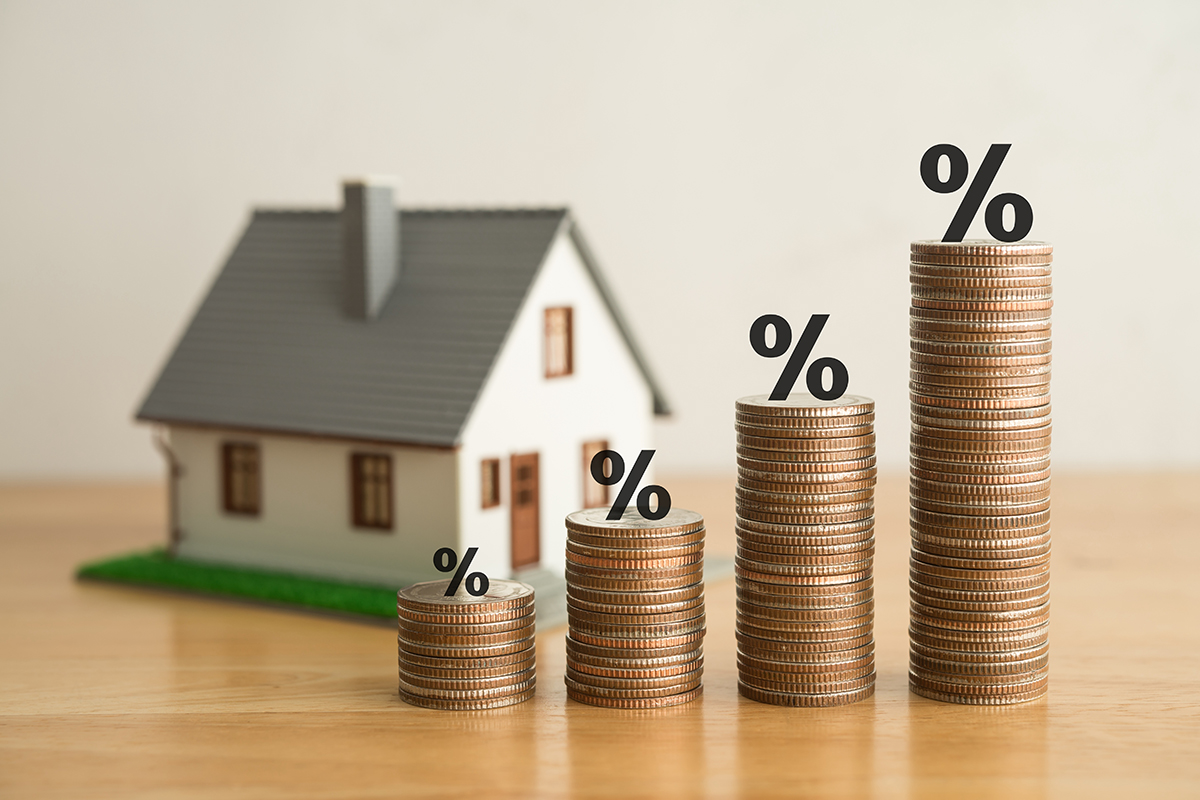In a notable development that has garnered the attention of homeowners and those looking to buy, US mortgage rates have climbed to approximately 7%, representing a doubling in just three years. This uptick is gradually transforming the dynamics of the housing market, with implications stretching far and wide for the quintessential American dream of owning a home.
Long considered a symbol of middle-class stability, homeownership is now becoming a lofty goal achievable mostly by individuals with above-average wealth. The affordability disparity is widening, with just 16% of listings last year deemed affordable for the typical American household. Compounding the issue, the median home price has reached a record high of $433,558, accompanied by escalating insurance premiums and property taxes.
The repercussions of these soaring rates are profound. Renters, confronted with the stark reality of dwindling prospects for homeownership, now express a 60% likelihood of never owning a home—a statistic not witnessed in a decade. For many, the dream of owning a home is slipping away, further deepening the wealth gap and cementing a division between property owners and non-owners.
Even wealthier homeowners, who may have initially benefited from adjustable-rate mortgages, are not shielded from the impact of rising rates. Since 2019, over 1.7 million homebuyers have opted for adjustable-rate mortgages, only to find themselves grappling with impending payment hikes as rates reset higher.
The financial strain induced by these escalating mortgage rates is palpable. Homeowners now allocate a staggering 35% of their income towards housing costs, surpassing the 29% spent by renters—a stark departure from conventional trends.
While the housing market was once propped up by an abundance of homes, recent data suggests an impending shift. Despite a surge in construction activity in recent years, builders are now scaling back, potentially curbing inventory growth. This trajectory could sustain high prices even if mortgage rates were to decline.
However, the hurdles facing the housing market extend beyond financial constraints. A recent study by the San Francisco Federal Reserve sheds light on the long-term ramifications of extreme heat on construction productivity. As temperatures rise, the productivity of construction workers is anticipated to decline, posing a threat to investment and economic output.
The study forecasts a significant uptick in heat stress on outdoor workers, with the number of days per year surpassing safety thresholds projected to surge from 22 in 2020 to around 80 by 2100. This shift could potentially diminish the economy’s capacity to generate output by 1.4% by the century’s end, resulting in a corresponding reduction in consumption by 0.5%.
Amid these challenges, the outlook for the US housing market remains uncertain. The dream of homeownership, once emblematic of the American ethos, now seems increasingly out of reach for many. As mortgage rates soar and construction productivity faces threats from extreme heat, policymakers and industry stakeholders confront the daunting task of navigating an evolving housing landscape.







